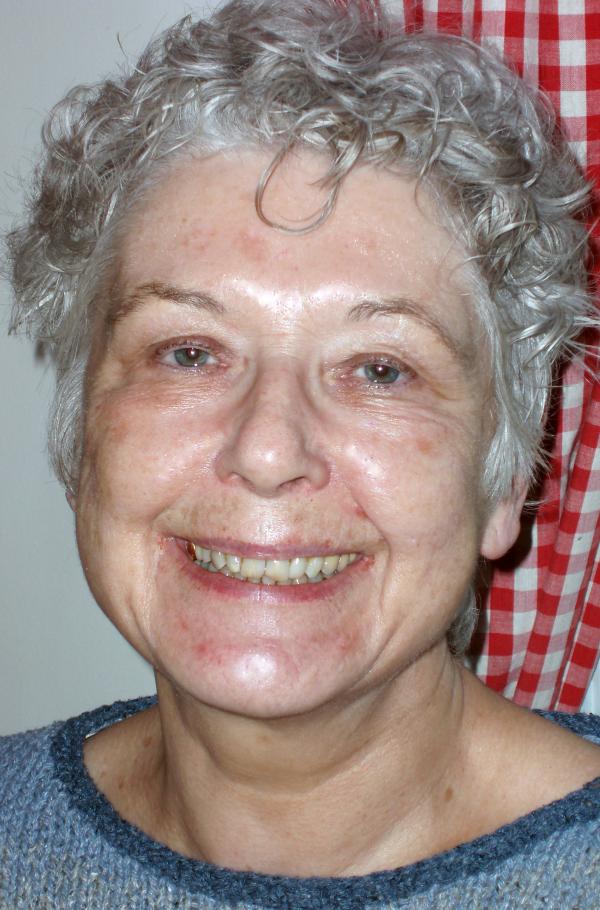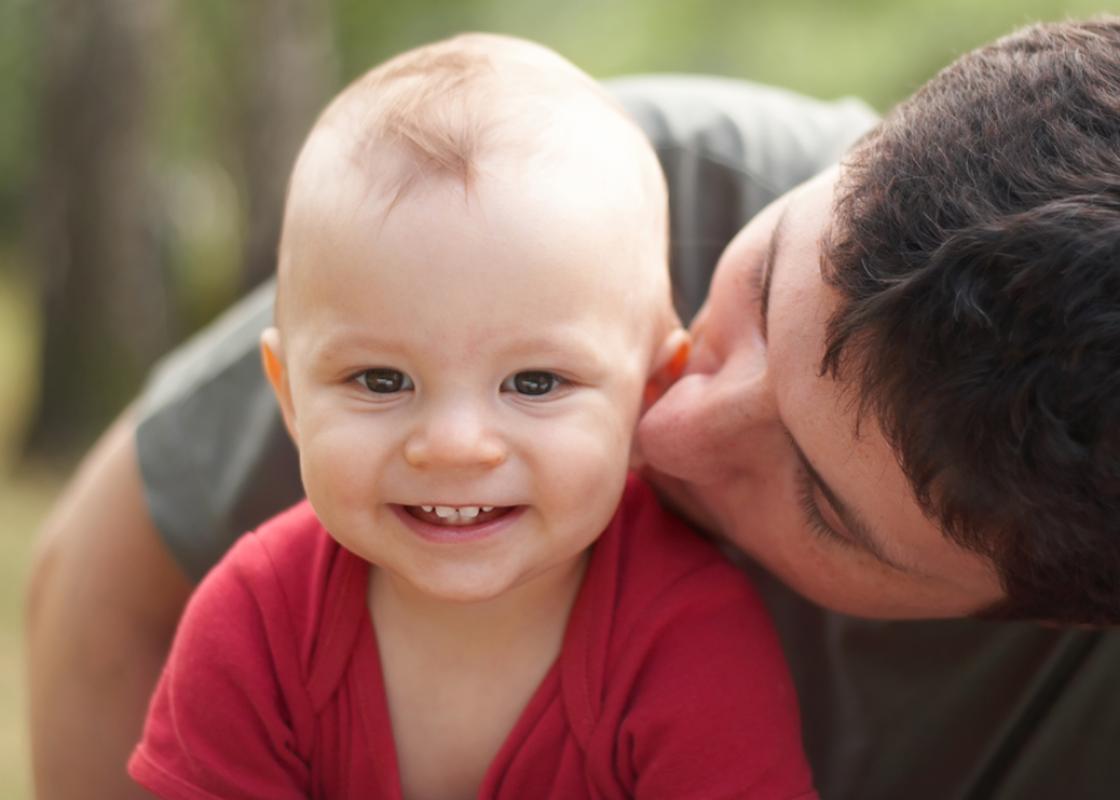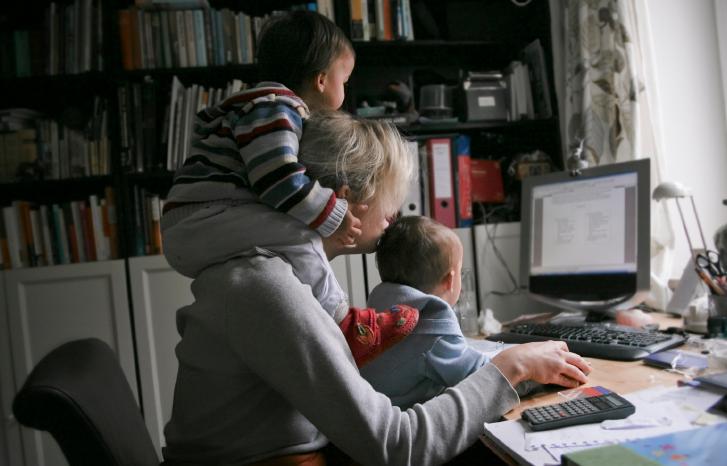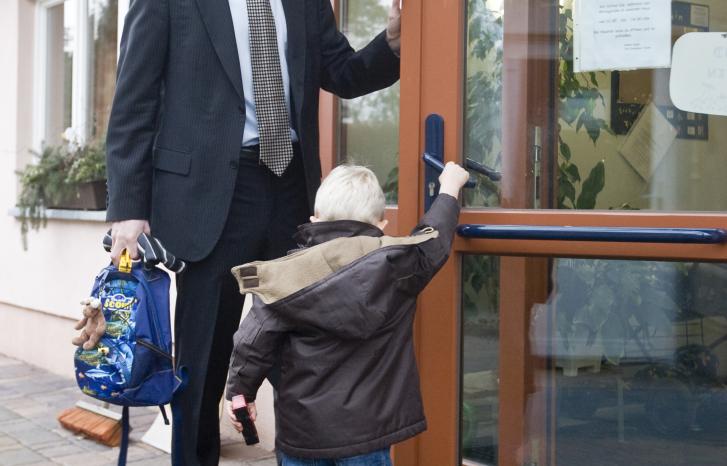Huge improvement
Bojer notes that there has been a huge improvement of women’s personal income since 1970.
"A lot has happened; however, there is no reason to rest on our laurels," says Bojer and points to some numbers that illustrate how much the situation has changed: In 1970 women earned 27 per cent of what men did. 25 years later the number was 60 per cent. In 1970 more than half of the women in Norway had an income less than the minimum state pension of that period. A lot of these had no personal income at all. Today, 88 per cent of women above the age of 17 earn the equivalent of minimum pension or more. For men, the corresponding number is 91 per cent.
See also: The history of Norwegian equality
Not just the elite
While the economic liberation of women has been restricted to the elite in many European countries, the liberation has reached a wide range of the population in the Nordic countries.
"In fact, economic differences between women have decreased since the 1970s."
"Here in Norway, women marched en masse into the working life and a wide range of women have achieved economic independence. Women’s lib is often considered an elite project, but in Norway this is incorrect," says Boyer, and adds:
"In fact, economic differences between women have decreased since the 1970s. In the same period, the differences between men have increased."
This means that women’s lib has worked as an equalizer, not just between women and men, but among women as well, Bojer explains. She has recently finished a manuscript for the book Advances in income inequality and concentration measures, discussing theoretical and practical issues regarding analyzes of economic differences. The book is edited by Gianni Betti and Achille Lemmi, and will be published by Routledge, probably during 2008.
Economic independence
The differences between the Nordic countries and the rest of Europe are closely connected to the availability of part time work. In other European, countries the pattern tends to be that women either work full time or have no paid work at all, according to Bojer. Also, the level of labour force participation is closely related to the level of education.

The less education the women have, the less likely they are to have paid work. And compared to the Nordic countries, the rest of Europe has few so-called “women’s jobs”, she says. In addition to the part time jobs, the growth of typical women’s jobs is a hallmark of the Norwegian development. The growth of the public sector has secured paid work and independent income for many women.
Part time necessary
Paradox or not, women’s part time work and the gender divided labour market are important reasons why we still don’t have economic gender equality. While women’s income in comparison to men’s income increased rapidly from 1970 to the middle of the 1990s, there has been little progress since then. Women still only makes about 60 per cent of what men do.
Many feel that women need to work full time to decrease the pay gap. Bojer is not sure this is the right way to go:
"Only 15 per cent of women working part time are registered as wanting more work. This suggests that many want and need part time work." Bojer has no doubt that the wish for part time work has to do with the fact that women carry the main responsibility for child care.
"A lot of other house work is streamlined. But children cannot be streamlined. Kindergartens are practical, but children need more supervision and care than professional child care can offer. And a society needs children," Bojer states.
"How about a six hour working day?"
Must share equally
Associate professor at The Department of Economics at the University of Oslo.



